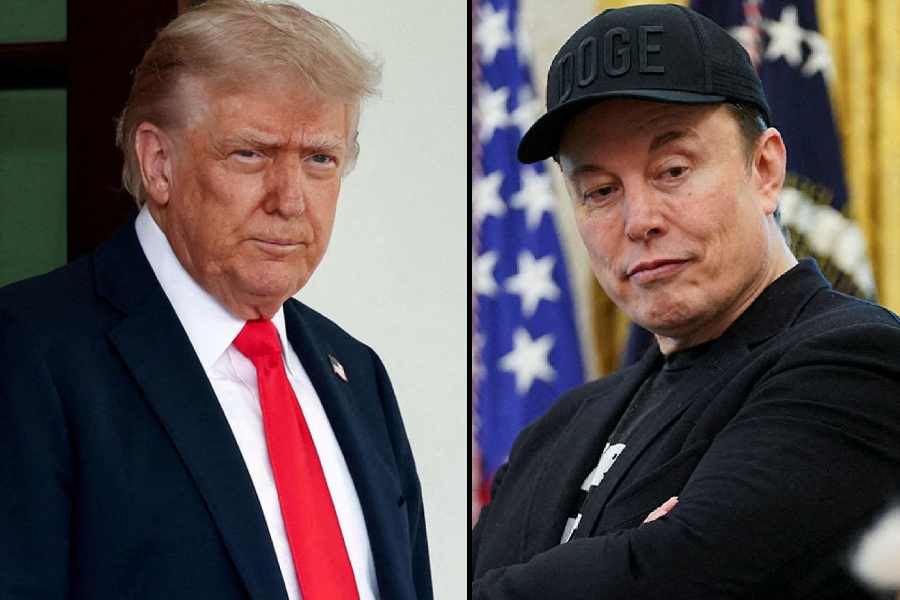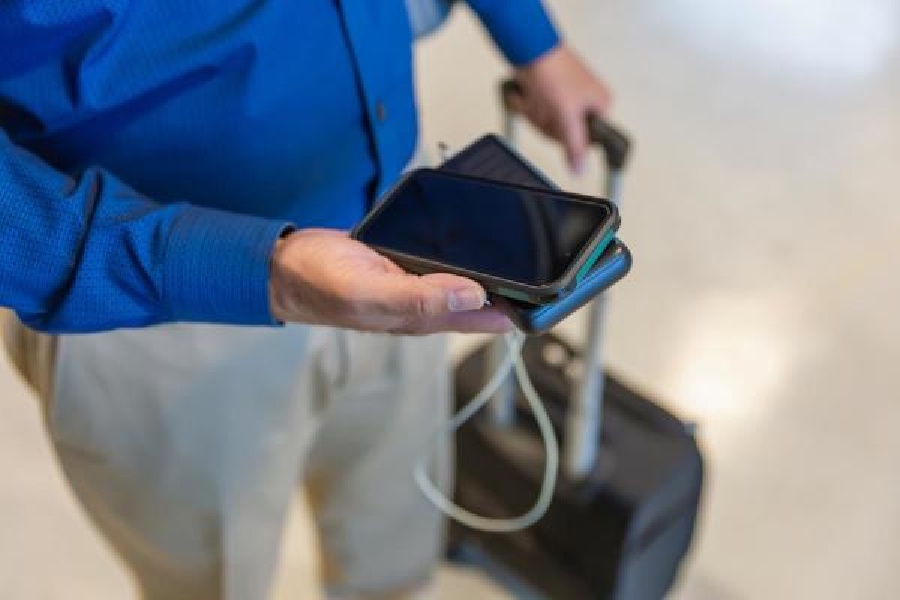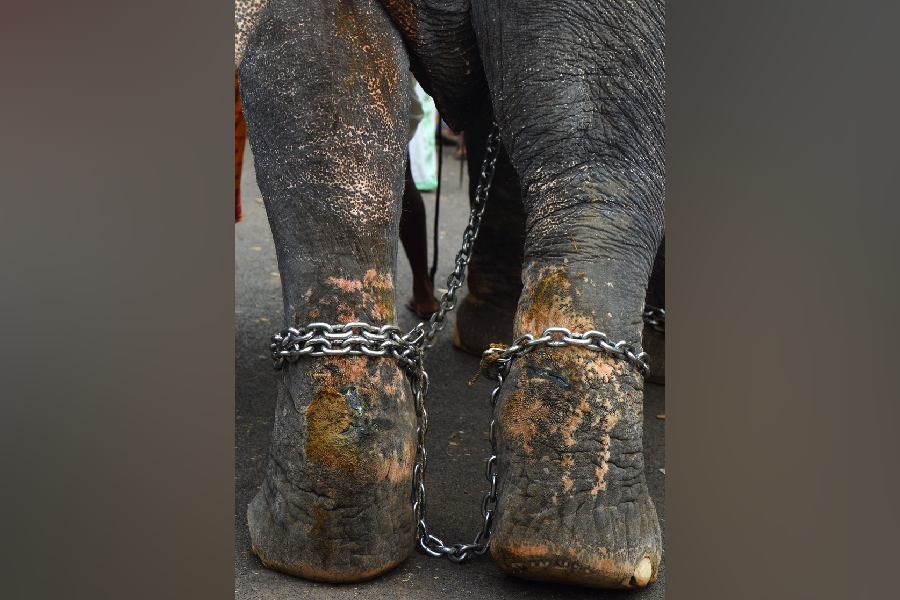 |
The school?s foundation was laid almost 34 years ago with a motive to offer quality education on par with the missionary schools in the steel city.
Rajendra Vidyalaya, based on the principles of the first President of India, Dr Rajendra Prasad, was set up by the Bihar Association in 1971 at Sakchi.
The school, when it began, had only one classroom, which incidentally is the principal?s office today.
The first batch of students was five tiny tots.
President of Bihar Association K.B. Sinha and general secretary K.N.S. Sharma were the brains responsible for bringing the school on a higher level.
It was in 1978 when C.D. Singh took over as the school principal of the school that the students began scripting success stories.
Singh?s experience as an academician worked wonders for the school which even today churns out city toppers and the highest turnout of IIT entrants.
The recognition came in 1978. Rajendra Vidyalaya received affiliation to the Indian Council for Secondary Education (ICSE) Delhi in 1978, and the first batch of ICSE students appeared in 1981 through Loyola School.
After two years, the first batch of ISC examinees passed out from Science, Arts and Commerce stream. Though the school began with all three streams, today the school has retained only Science and Commerce at the Plus Two level.
It is compulsory for all students to study English, Hindi, history or geography, mathematics, physics, chemistry, biology and computer applications upto Class X.
Environmental science has been included from this year.
For Classes XI and XII, science, English along with physics, chemistry and mathematics is a compulsory combination. Students can opt for either biology, computers or Hindi.
Similarly, in commerce, English, economics, accounts and commerce are compulsory. And as the fifth subject, the students can choose between Hindi and mathematics.
Today the school has a three- storey building which houses 41 rooms, four laboratories (one each for chemistry, physics, biology and computers) and a library.
The computer laboratory has 32 computers.
On the school campus are the Bihar Association auditorium and a central library which can be accessed by students as well. While bigger functions are held at the auditorium, the smaller scale intra-school events are organised at the science gallery which can accomodate 150 students. The school has three school buses to ferry children.
The school has made sure that the students play and spend time outside their classroom. There are facilities for basketball, volleyball, football, badminton and cricket to accomodate all tastes.
For the outdoor types who love to respond to the call of the wild, there are facilities for hiking and trekking.
Apart from sporting activities, the school holds regular elocution and debate contests.
The school holds inter-school quiz and essay competition.
Though not a compulsion but students are encouraged to join the numerous school clubs to hone those special skills that help them later in life.
The schools has eco clubs, economics club, history club, geography club and the band.
Bharat Scouts and Guides is a regular feature at the school as well.
Students of Classes VIII to XII participate in school activities and help the administration by being a part of the school personnel office (SPO).
The SPO is headed by the chief who is a Class XII student and the work is supervised by a moderator.
The classes are divided into two shifts. Students from Montessori to Class II have classes in the A shift between 7 am and 10.15 am.
Students of Classes III to Classes XII attend classes in B shift from 10.30 am to 4.10 pm.
The school holds examinations thrice a year. And the evaluation of the students are done on a more daily basis rather than just the examination performance.
The school admits students at the Montessori, Lower Kindergarten level and then at the Plus Two level. For Montessori and LKG classes, forms are available in September and the written test for the LKG and interview for Montessori is conducted in November.
For both entrance examinations, parents as well as the children are interviewed.
An entrance test is conducted for the Plus Two admissions. However, preference is given to students who have passed out from the school.










